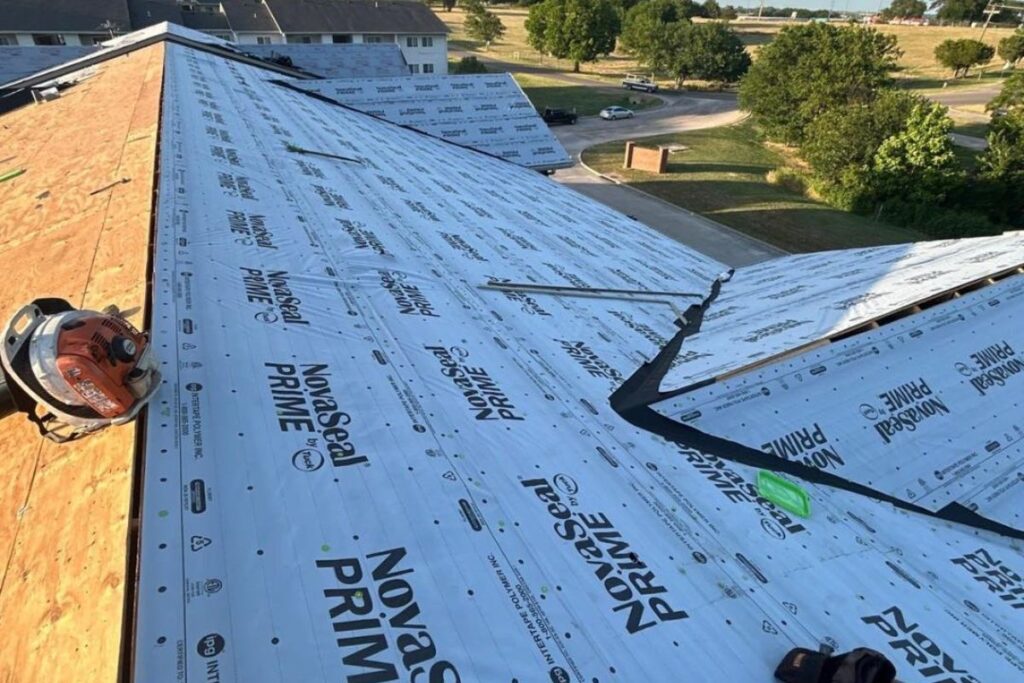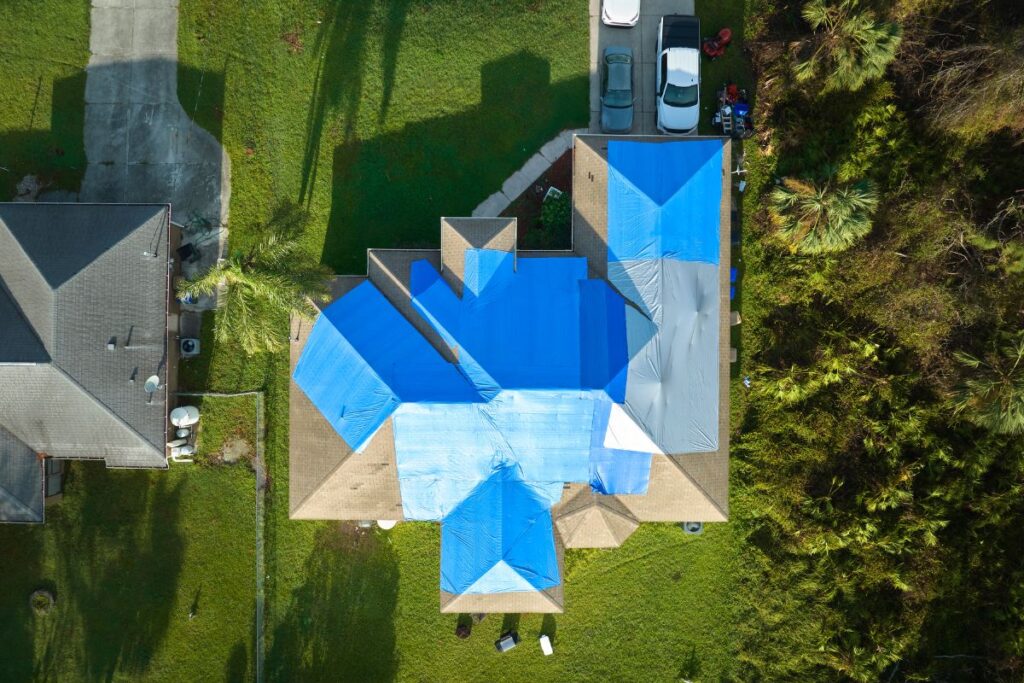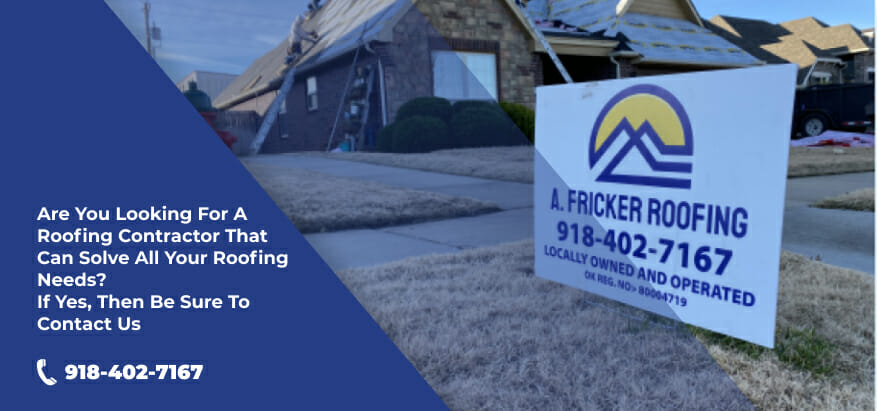You may see guidelines from several top shingle manufacturers advising not to shingle over wet underlayment, and you may be wondering why. When it comes to roofing, the underlayment plays a crucial role in protecting your home from water damage and ensuring the longevity of your roof, so if they’re wet, it defeats the purpose of providing protection.
Felt underlayment is more prone to moisture damage and therefore, not recommended to use with shingles if wet. But what happens if you’re using synthetic underlayment, or if it rains in the middle of a roof installation? These are some common questions that many roofers and homeowners may encounter, especially during unpredictable weather conditions. In this blog post, we’ll explore the potential risks and best practices for handling wet synthetic underlayment during roofing projects.
Whether you’re a professional roofer or a homeowner overseeing your roof’s installation, understanding this issue is key to making informed decisions and protecting your investment.
What Is Synthetic Roof Underlayment?

Before we move on to the questions of installation, it is important to know a few things about synthetic roof underlayment, as your contractor is more likely to use it during roof installation or replacement.
Synthetic roof underlayment is made from synthetic compounds such as polypropylene or polyethylene, allowing the material to be left exposed to the elements for longer periods of time. This is critical for preventing leaks and moisture buildup beneath your shingles.It also makes it more resistant to tearing, lighter, and easier to install.
Its slip-resistant surface also provides better traction for roofers, enhancing safety during installation. Given these benefits, it’s no surprise that synthetic underlayment has become a go-to choice for modern roofing.
Can You Install Shingles Over Wet Synthetic Underlayment?
When it comes to the bigger question at hand, the short answer is that no, while it’s possible, installing shingles over wet underlayment is not recommended.
There might be occasions in which unexpected weather such as rain, occurs during your roofing project. At this time, the roof should be immediately covered with a protective tarp in order to protect the underlayment below, but chances are that it will still get slightly well. Luckily, as addressed above, synthetic underlayment has better moisture resistance compared to other options.
When synthetic underlayment gets wet, it may still retain some of its water-resistant properties. However, installing shingles over wet underlayment can lead to several potential issues that could compromise the integrity of your roof. It’s important to understand that just because the material can handle moisture to some extent doesn’t mean it’s safe to proceed with shingle installation when it’s wet.
Also Read: How Long Can Roof Underlayment Be Exposed?
Potential Issues Caused By Installing Shingles Over Wet Underlayment
Installing shingles over wet synthetic underlayment can cause several problems, some of which could lead to expensive repairs or even premature roof failure. Here are some of the key risks:
Trapped Moisture:
One of the primary issues with installing shingles over wet underlayment is that moisture can become trapped between the underlayment and the roof deck. Over time, this trapped moisture can damage the underlayment, leading to mold growth, rot, and even leaks. This can severely compromise the structural integrity of your roof and may require expensive repairs.
Safety Risks:
Wet synthetic underlayment may not provide the same level of traction as when it’s dry, making it more hazardous for roofers to work on. Slips and falls are also more likely on wet surfaces, increasing the risk of accidents during installation. Ensuring the safety of the roofing crew is paramount, and working on a dry surface is always safer.
Issues With Shingle Adhesion:
Shingles are designed to seal properly when applied to a dry surface. When the underlayment is wet, it can prevent the shingles from adhering correctly, leading to poor sealing. This can make your roof more susceptible to wind uplift, leaks, and other issues. Proper shingle adhesion is crucial for a roof’s long-term performance, and wet underlayment can jeopardize this. The improper adhesion can also become a hindrance when it comes to insurance and warranties.
Also read: 7 Common Problems With Synthetic Roof Underlayment
How Can Roof Tarps Help?

Using roof tarps during the installation or replacement of a roof can be crucial for protecting your home from unexpected weather. Here’s how they can help:
- Temporary Weather Protection: Tarps shield exposed areas of the roof from rain and moisture, preventing water from penetrating the underlayment and the roof deck.
- Maintains Material Integrity: By keeping roofing materials dry, tarps ensure that shingles can be installed in the best conditions, reducing the risk of adhesion issues.
- Prevents Water Damage: Tarps help avoid leaks and water intrusion, which could otherwise lead to costly repairs and long-term damage.
- Flexibility During Installation: They allow work to be paused safely during bad weather, without compromising the quality of the roof installation.
Other Ways To Fight Moisture/Water Damage On Your Roof
Roofing in wet weather is always challenging and it’s important that you wait for the weather to clear out. If not, make sure your contractor uses protective tarping. However, water damage is an issue year round. Here are some steps you can take to minimize the risks associated with wet synthetic underlayment and other moisture issues.
Use Slip-Resistant Synthetic Underlayment:
Whether or not you are working on a wet roof, it’s important to opt for a slip-resistant synthetic underlayment. These materials are designed to provide better traction, even when wet. These help reduce the risk of accidents on the roof.
Apply An Ice And Water Shield:
For extra protection against leaks, especially in vulnerable areas like eaves and valleys, consider applying an ice and water shield. This self-adhering membrane provides an additional layer of defense against water infiltration, particularly in areas where water tends to collect.
Ensure Proper Attic Ventilation:
Proper ventilation is key to helping dry out any trapped moisture in your roofing system. Adequate attic ventilation allows air to circulate, reducing the risk of moisture buildup and extending the life of your roof.
Conclusion
While it’s technically possible to shingle over a wet synthetic underlayment, it’s best to avoid doing so. The potential issues, such as trapped moisture, safety risks, and shingle adhesion problems, can lead to significant damage and expensive repairs down the line. Waiting for dry conditions is always the safer, and more reliable option.
For homeowners, it’s important to ensure that your roofing contractor follows best practices, including checking that the underlayment is dry before proceeding with shingle installation. Following manufacturer instructions and adhering to local building codes is also crucial for ensuring a durable and long-lasting roof.
Choose A. Fricker Roofing And Waterproofing For An Expert Roof Replacement
If you are looking for roofing contractors in Tulsa that have years of experience in roof replacements, look no further than the team at A. Fricker Roofing and Waterproofing. We ensure that the weather is good before working on roofing projects, and when there is a problem we take the necessary measures such as roof tarping. Contact us today at (918) 402-7167 to learn more about what we can do for you.

